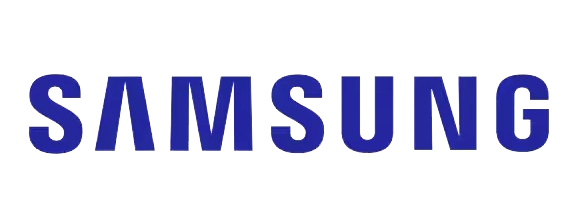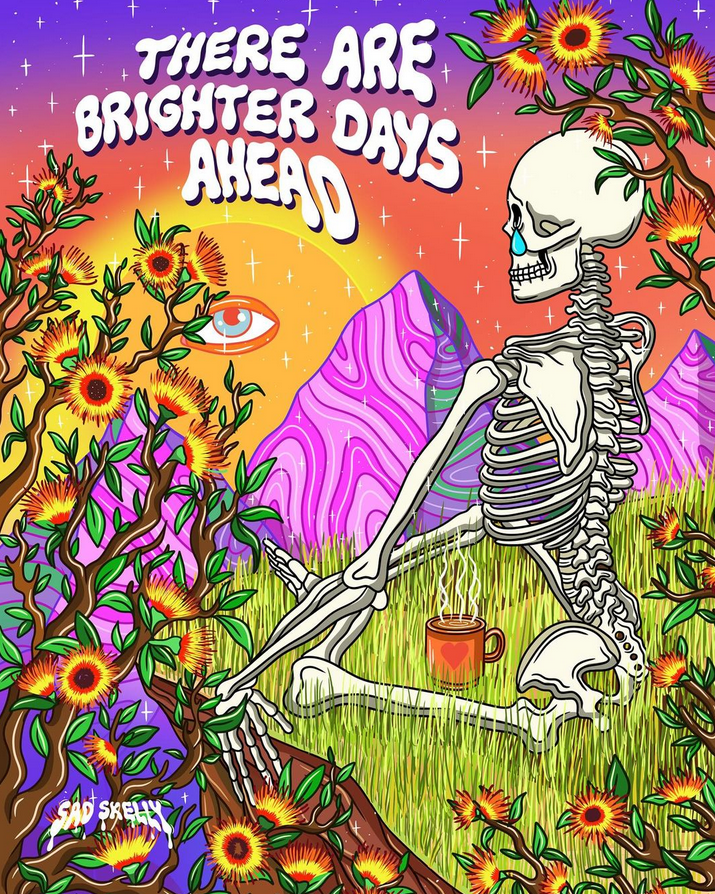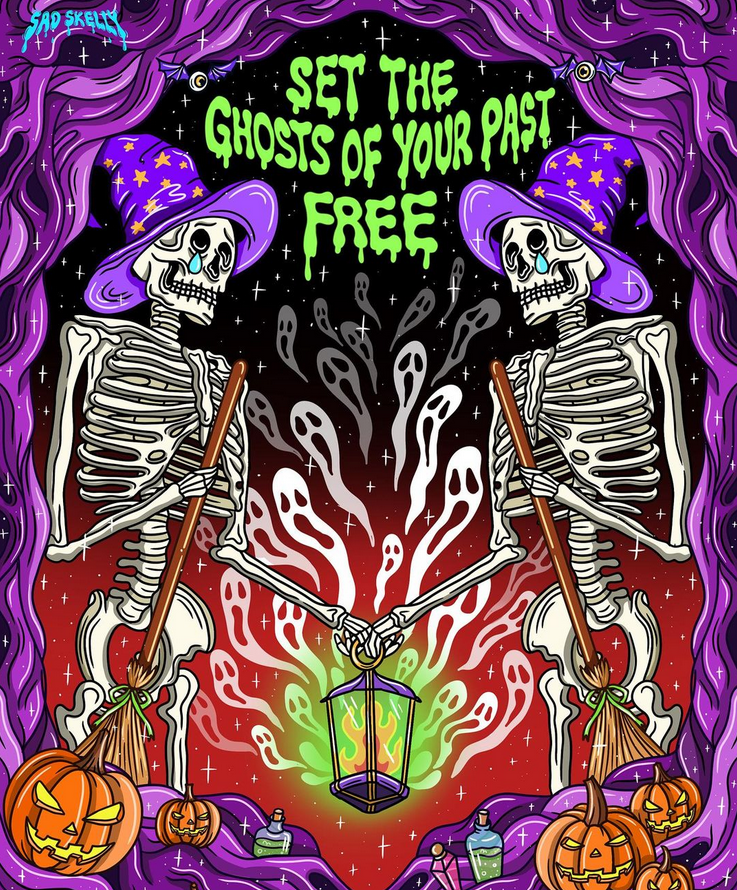
This article is sponsored by Samsung.
We’ve all heard about the discourse surrounding the ethics of AI art, how it’s impacting artists, and whether it’ll replace art made by humans. It’s a scary time to be an artist in any discipline, especially with social media platforms scraping entire sites to feed their user’s works into their own AI algorithms. At the core of the argument standing with artists and highlighting the value of real artists creating work is the importance of self-expression. Artists can express what we might feel or create something so tailor-made for us due to their own experiences and unique backgrounds. Artists are a reflection of the culture around us. If that’s dictated by AI, where experiences and culture are made for us not as reflections, but as algorithms, what society does that look like?
In light of the immense pressures facing artists now, we wanted to help local Australian artists by giving them a platform to showcase their art.
We partnered with Samsung to host an exciting art competition to use their Samsung Galaxy Tab S9 FE Series, where we picked out three Aussie artists who have a unique approach to creativity. Tanya Hong was one of our winners from the competition, whose work will appear on our website alongside two other fantastic artists.
Tanya’s art is a colourful psychedelic journey, featuring sad skeletons, gardens, and motivational quotes. She has collaborated with Casetify, DC Coffee, Hawkers Beer and Garage Project, bringing her Sad Skelly designs to phone cases, beer cans, coffee beans and more.
We asked her about using art as a form of self-care, traditional artists that inspired her, and the future of digital art.
Could you describe the piece you submitted to the competition?
The piece I submitted to the competition is a drawing of my character ‘Sad Skelly’ mushroom picking in the woodlands at sunset. The quote, “Embrace your journey and your growth” embodies how I feel about my own creative journey!
Interestingly enough, this piece was created for a collaboration I was planning to work on with another brand.
I wanted the piece to have ‘autumn-vibes’ and to show something I enjoy doing — which is mushroom foraging with a group tour. Unfortunately, the piece was rejected but I loved it so much I knew I had to put it out there somewhere. So here I am!
I feel this backstory adds to the idea that rejection is not the end of the world or a sign for anyone to give up their creative dreams. Art is subjective and there may be times when I feel like I am taking the wrong path — but that’s all part of the journey!
When did you first start drawing?
Drawing is definitely one of my first conscious memories as a child. I used to love drawing Disney princesses and fashion pieces. I absolutely loved to read books with amazing illustrations in them such as Shaun Tan‘s books, The Adventures of Tashi and Shirley Barber’s Fairy Book. I would say I probably started drawing when I was five! Professionally, I would say probably around five years ago. It has definitely been an important thing throughout my whole life.
What themes do you use in your art?
My artwork deals with the themes of mental health, self-care, nature and a little humour sprinkled in. All my pieces deal with self-reflection and letting others know that they are not alone in their life struggles!

What drew you to the sad skeleton aesthetic?
Overall I would describe my art as punk-meets-fairy-garden.
Originally, I was a very traditional artist. I loved surreal art and painting. It was only after university I discovered a range of talented artists who had a more illustrative style such as Mulga, Sindy Sinn, and Kentaro Yoshida. So I wanted to create my own style inspired by these modern artists and the styles of illustrations I liked in children’s books that I used to read.
As a teenager, I loved the punk rock era and was very much a tomboy so I loved the aesthetic of skulls and skeletons.
Sad Skelly is very much an expression of myself. I wanted to reflect an anxious, perhaps sometimes sad character that still is capable of enjoying life and finding humour in their misfortunes! We should see our ‘negative emotions’ such as sadness as a positive one and a part of being human.
This together with my love of nature, colour, cartoons and general anxiety about life — Sad Skelly was born!
What do you like about psychedelic art?
To be honest, I don’t know that much about psychedelic art as a theory. I just know I love how freeing it is to create. I love the way colours are so vivid and blend in with each other. I love the way the lines are organic and reminiscent of nature — yet fantastical at the same time.
Funnily enough, I never described my art as psychedelic until I saw my artwork being tagged in psychedelic art Instagram pages so I just went with it!
I try to keep my art a little more playful and cartoonlike than traditional psychedelic art.

Does creating art help you process moments in your life?
Drawing Sad Skelly started when I was at a low point in my life. I had just graduated from university studying design and honestly had no direction in what to do next! During Covid, I had time to reflect on my feelings towards my life goals and the general anxiety I was feeling (which I’m sure many people can relate to). Art is a way for me to process and express my own feelings and growth. It is for sure a therapeutic passion of mine.
What tech do you use to create?
A tablet and a pen are all I need to create my artwork! Software such as Adobe Illustrator, Photoshop, Procreate, Clip Studio and Final Cut Pro are great for digital artwork and animations.
What are your thoughts on the future of digital art?
I reckon digital art will definitely dominate the creative sphere in the future. We are already recognising the amount of skill, effort and practice it takes to create digital artwork. Not only that — it is such a great medium to collaborate with other brands! I especially love doing digital artwork for music artists, beer can artwork and phone cases.
It is also such a portable way to create. I can draw from almost anywhere and I think this is extremely beneficial for artists in the future that have limited space and time.
I only hope that we can continue to respect artists for their effort and time and not steal from them without permission. I say this, especially with the rise of AI. Having parts of your work stolen, uncredited, and sold for profit is not fun.
I hope we can bring other artists up with the future of digital art!
You can check out more of Tanya’s work on our website, alongside our other winners.
